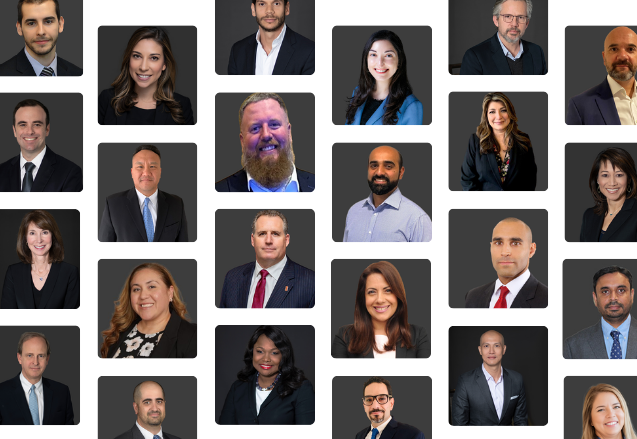This site uses cookies to provide you with a more responsive and personalized service. By using this site you agree to our use of cookies. You can learn more about our use of cookies and similar technologies and your choices by reviewing our Privacy Policy. By clicking “I agree” you agree to our use of cookies and similar technologies.
#MeToo Addressing Sexual Harassment in the Workplace: An Overview for Employers
Sexual harassment is a topic discussed in earnest at all levels of our organizations. Businesses are now looking backwards and questioning past accepted behavior in light of today’s public allegations. While this may demonstrate enlightened reflection on the part of business, it can also shed light on cultural, accepted norms and vulnerabilities which may impact these organizations.
Each business has a specific DNA or culture and can range from large publicly-traded, very traditional organizations to those organizations which are described as less conventional, less defined and more challenged with regards to formal process and structure. Regardless, each entity is responsible and can be held liable if it fails to provide appropriate ways to report allegations and handle investigations regarding inappropriate workplace behavior, including sexual harassment.
We are frequently asked what are some of the most efficient ways to make sure organizations are being proactive relative to allegations of sexual harassment. Below we provide some basic things to think through as your organization works to effectively handle the issues around sexual harassment.
Leadership has to be in sync.
An organization reflects its leadership’s values. If the leaders do not demonstrate a commitment to fair and impartial handling of sexual harassment allegations, employees will not feel comfortable nor supported in the reporting of this inappropriate behavior. It is important to remember most employees consider their immediate supervisor as their version of leadership so the values supporting the reporting of sexual harassment must cascade throughout the organization.
Training has to be relevant.
Many organizations provide some training on its expectations regarding workplace behavior, including sexual harassment. However, training must be well suited for the organization, using specific examples which are easy to relate to and clearly understood. Management, at all levels, needs to be trained to identify inappropriate behavior, address it immediately and thoroughly and know the process by which to escalate issues for further action.
Reporting processes need to be in place, understood and respectful of both the victim and the alleged offender.
With the sensitive topic and personal nature of sexual harassment, it is important to listen to the information, work to corroborate the information and investigate discreetly and impartially. Many companies utilize a 24/7, third-party tip line allowing for the reporting of workplace allegations. The reporting may include anonymous complaints and should be well known throughout the organization. A multitude of reporting mechanisms can be employed including by phone, email and in person through appropriately identified individuals and management.
Impartial investigations must be undertaken immediately.
Protecting both the victim and the alleged should be important given that any inference relative to a sexual harassment matter can be uncomfortable for either. Using external, objective and unbiased resources is critical to protect the organization and the individuals involved. Without an impartial investigation respectful of all parties, future investigations will be hampered, fewer victims will report issues and witnesses and offenders will be less likely to cooperate. Having an efficient and respectful process will demonstrate the commitment by the organization to those involved.
Determine if immediate action is needed.
Quick action is sometimes required of businesses based either on a risk of potential, additional harm to a victim or others or additional risk to the organization. Organizations working with both internal and external partners need to understand what behavior requires an immediate organizational response. Having a core team able to quickly take in and assess specific information relative to serious allegations, provide counsel as to the risk and liability of the organization, provide appropriate resources for the victim and make sure the privacy and rights of both the victim and the alleged offender are protected, goes a long way in developing a culture of responsiveness.

Stephanie Douglas
President, National Security Practice
Stephanie Douglas focuses on sensitive internal and white-collar crime investigations, corporate security programs, intellectual property (IP) protection and investigations, and proactively educating executives about insider threats. She has extensive experience in the management of criminal and national security investigations, domestic and global security operations and policy development and strategy. Ms. Douglas has had a distinguished career in both the private and public sectors. After 23 years, she retired as a Senior Executive from the Federal Bureau of Investigations where she served in a variety of influential roles. She also served as the senior director of corporate security for Pacific Gas & Electric prior to joining Guidepost Solutions.


